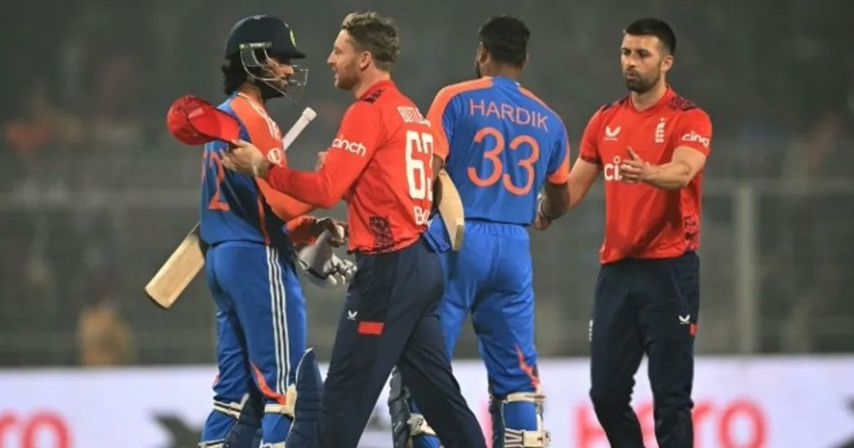
The Revised Powerplay rules for shortened innings in T20Is have added a strategic twist to the game. With reduced Powerplay overs (4 instead of 6), batting teams must capitalize on the limited time to attack, while bowlers need to strike early. This change ensures a more thrilling and competitive start to the match, keeping the excitement alive, even when weather or other factors shorten the innings.
The game of cricket is ever-evolving, and the T20 International format, known for its fast-paced and thrilling nature, has been at the forefront of change. One of the most significant updates in recent times has been the modification of Powerplay rules for shortened innings. These changes are set to have a substantial impact on team strategies, match dynamics, and how fans experience T20Is.
The revised rules have been introduced mainly in response to unforeseen weather delays or logistical issues that may shorten the length of a T20I match. In such scenarios, the game might be reduced to fewer overs, and to maintain a fair and exciting contest, Powerplay regulations have been adjusted.
Powerplay is traditionally the first six overs in any T20 match, where fielding restrictions are enforced to encourage more attacking play. However, with the new rules, the strategy behind the Powerplay is shifting in the face of a shortened innings. So, what's the new rule all about?
Starting July 2, Powerplays in shortened T20 matches will feel a little more balanced. The ICC has introduced a small but important change—Powerplays will now be calculated to the nearest ball instead of the nearest over in matches that are cut short due to rain or other interruptions.
Right now, T20s feature a six-over Powerplay at the start of the innings, where only two fielders are allowed outside the 30-yard circle. But in reduced matches, that Powerplay length was rounded off to the nearest over. That meant, for example, in an 11-over game, teams still got a four-over Powerplay—more than one-third of the innings. That often gave the batting side a disproportionate advantage.
With the new rule, the ICC is aiming to keep things a bit fairer. From July, the Powerplay in a shortened innings will reflect the same percentage of field restrictions as in a full match. So in that 11-over scenario, teams will now have 3.2 overs of Powerplay. For 13-over games, it’ll be 3.5 overs. The idea is to stick as close as possible to the original 30 percent of the innings being played under Powerplay conditions.
This adjustment is expected to make fielding conditions more consistent and level the playing field in matches that get affected by the weather—something we’ve seen plenty of in recent years.
For fans, these changes introduce even more excitement and uncertainty, as the reduced Powerplay period offers an unpredictable start to the game. With fewer balls to make an impact, every delivery becomes crucial, and both sides will be keen on exploiting the shortened Powerplay for maximum advantage.
The new rules aim to keep the spirit of T20 cricket alive while maintaining fairness when matches are shortened. This tweak brings an added layer of strategy, where batsmen will need to be aggressive from the outset, and bowlers will have to find ways to control the game with fewer overs to work with.
Batting Team: The key for a batting side will be to take advantage of the Powerplay and start off with a bang. Since they only have four overs, they’ll need their best hitters up front, aiming for boundaries and rotating strike efficiently.
Bowling Team: For bowlers, the first four overs will be critical. They must focus on accuracy and use their variations to keep the runs down while targeting the top-order batsmen before the fielding restrictions ease after the Powerplay.
The updated Powerplay rules for shortened innings in T20Is bring an exciting new twist to an already dynamic format. These changes emphasize strategy, adaptability, and the importance of early breakthroughs. Whether you’re a player, coach, or fan, understanding these tweaks will allow you to better appreciate the nuances of T20 cricket in the modern age.
ScoreWaves © 2025 Copyright. All Rights Reserved.